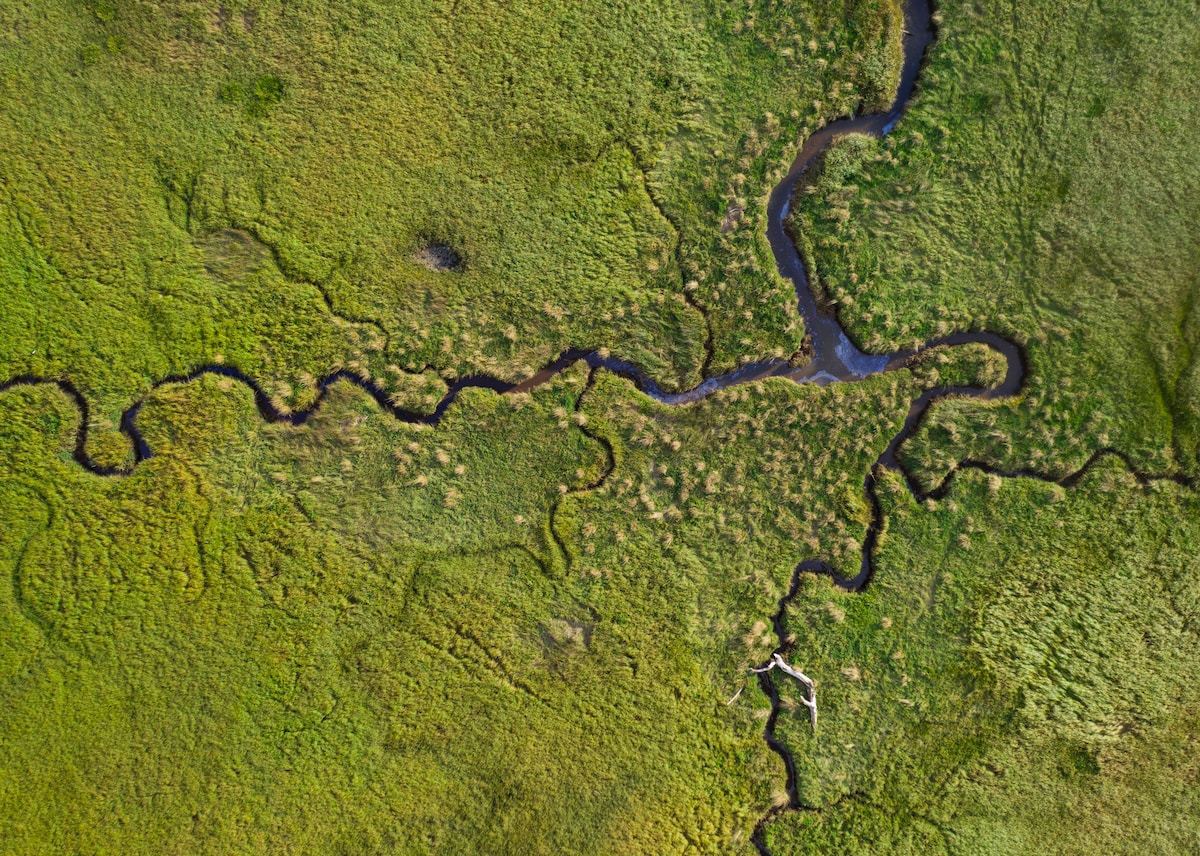Phosphorus, a vital nutrient for global food production, has become a significant concern in the context of river pollution. The release of phosphates into water bodies can lead to harmful ecological consequences, such as eutrophication which threatens aquatic life and the overall health of rivers. This article delves into the sources and impacts of phosphorus pollution in water bodies, discusses collaborative efforts to address the issue, and explores future strategies for reducing phosphorus reliance and promoting sustainable practices.
Sources and impact of phosphorus pollution
Phosphorus enters water bodies from various sources, including agricultural practices, sewage, and forestry activities. Intensive agricultural systems, such as dairy, potatoes, and wheat farming, contribute significantly to phosphorus run-off. Sewage, which contains naturally high phosphorus levels, requires effective treatment before being discharged into water courses. Historically, phosphorus was present in detergents but has been reduced or eliminated in many countries. Forestry, although generally considered a low contributor, can witness phosphorus concentration peaks during management changes. When phosphorus enters water bodies, it triggers eutrophication, leading to the proliferation of algae, depletion of oxygen, and damage to aquatic ecosystems.
Addressing phosphorus pollution
Recognizing the complexity and interconnectedness of the phosphate issue, collaborative efforts are crucial to combat phosphorus pollution in rivers. The Welsh Government’s Phosphates Summit serves as a platform to discuss collective and collaborative measures across sectors. By fostering dialogue and a holistic approach, stakeholders can work together to reverse the damage caused by phosphates in Special Areas of Conservation (SAC) rivers in Wales. This approach requires effective governance, leadership, and coordination to tackle this complex and persistent environmental challenge.
Protecting Special Areas of Conservation (SAC) rivers in Wales
SAC rivers in Wales, such as Cleddau, Eden, Gwyrfai, Teifi, Tywi, Glaslyn, Dee, Usk, and Wye, support unique wildlife and ecosystems. However, evidence from Natural Resources Wales shows that phosphorus breaches are widespread in Welsh SAC rivers, with over 60% of water bodies failing to meet stricter targets. It is imperative to implement targeted monitoring, mitigation, and restoration measures to safeguard the health of these rivers. By addressing the root causes of phosphorus pollution and adopting sustainable practices, the integrity of SAC rivers can be preserved for future generations.
Shaping a sustainable future
Moving forward, it is crucial to envision a future with reduced reliance on imported phosphate rock fertilizers to drive food production. While recognizing the benefits of judicious fertilizer use, increasingly stakeholders are noting the focus should shift towards phosphorus reduction and recycling. Emerging literature also emphasizes the importance of sustainable phosphorus management through innovative approaches. Strategies such as reducing phosphorus inputs, maximizing recycling practices, and improving governance and leadership play pivotal roles in achieving sustainable phosphorus use.
Phosphates in river pollution pose a significant threat to the health and biodiversity of water bodies. Collaborative efforts, such as the Phosphates Summit in Wales, exemplify the determination to address this issue. By understanding the sources, impacts, and future options for phosphorus reduction and recycling, we can work towards a sustainable future. Through comprehensive approaches, including targeted monitoring, mitigation measures, and sustainable practices, we can protect and restore the health of rivers, preserve precious ecosystems, and ensure a better future for generations to come.



